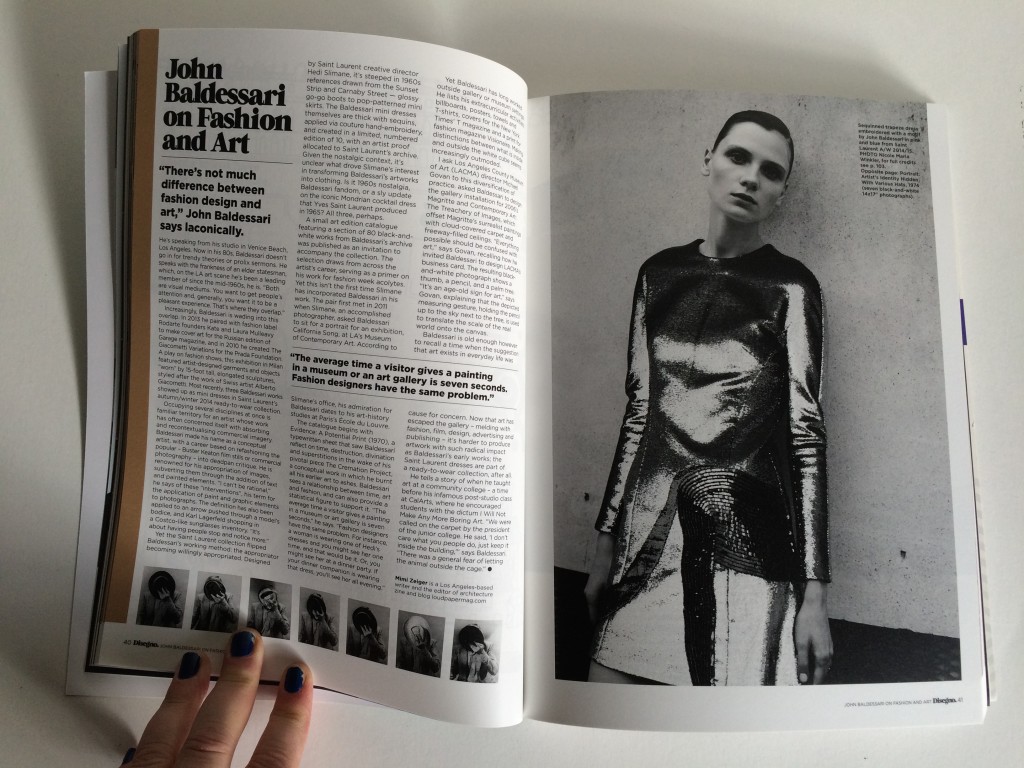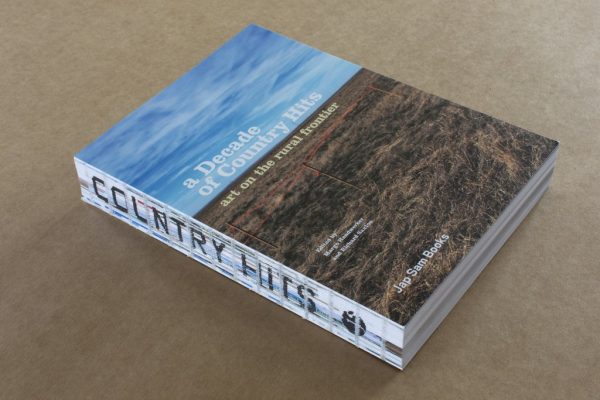Edited by: Margo Handwerker and Richard Saxton. Featuring works by: Richard Saxton, municipalWORKSHOP, and M12 Collective. Graphic design: Peter de Kan Publisher: Jap Sam Books.
Art has its Billboard charts. They focus mostly on artists and exhibitions in urban centers. A Decade of Country Hitsis devoted to uncharted hits thriving instead on rural aesthetics and rural knowledge. This richly illustrated volume documents ten years of collective works initiated by artist Richard Saxton in rural communities around the world, from the American Midwest and Southwest to parts of Europe, Australia, and South America. Impossible to attribute to any one artistic genre, the works archived here explore a growing community of artists and researchers drawn to the rural experience in all its complexity. It resembles a sketchbook: with drawings, photographs, and from the hip accounts in the field, as well as contributions from likeminded artists, musicians, poets, and writers. Designed by Peter de Kan, the book is published by Jap Sam Books and distributed in North America and Canada by RAM Publications & Distribution.
A Decade of Country Hits includes an international roster of contributors. It contains interviews with Todd Bockley, co-director of the Center for Social Sculpture; Twink Metzler, founder of Living Room Studios; architectural historian Robert Nauman; and Wapke Feenstra, artist and co-founder of Myvillages. Featured throughout are new collaborations with Zach Boddicker, singer and songwriter for 4H Royalty; Kurt Wagner, singer and songwriter for Lambchop; and Matthew Fluharty, director of Art of the Rural. Providing context for the work are essays by artist Stuart Hyatt, founder of TEAM Records; as well as essays by critics and writers Josh Garrett-Davis, author of Ghost Dances: Proving Up on the Great Plains; Mimi Zeiger, author of New Museums: Contemporary Museum Architecture Around the World, Tiny Houses, and Micro Green; and Enrique Ramirez, whose writing has appeared in Perspecta, Thresholds, AA Files, and elsewhere. In addition are essays by award-winning artists Marjetica Potrč,Chris Sauter, and Fernando García-Dory, founder of A Shepherds School; as well as essays by curators, Ian Hunter, director of the LITTORAL Arts Trust; Marco Marcon, co-founder of International Art Space, and Kirsten Stoltz, programming director of the M12 Collective.


